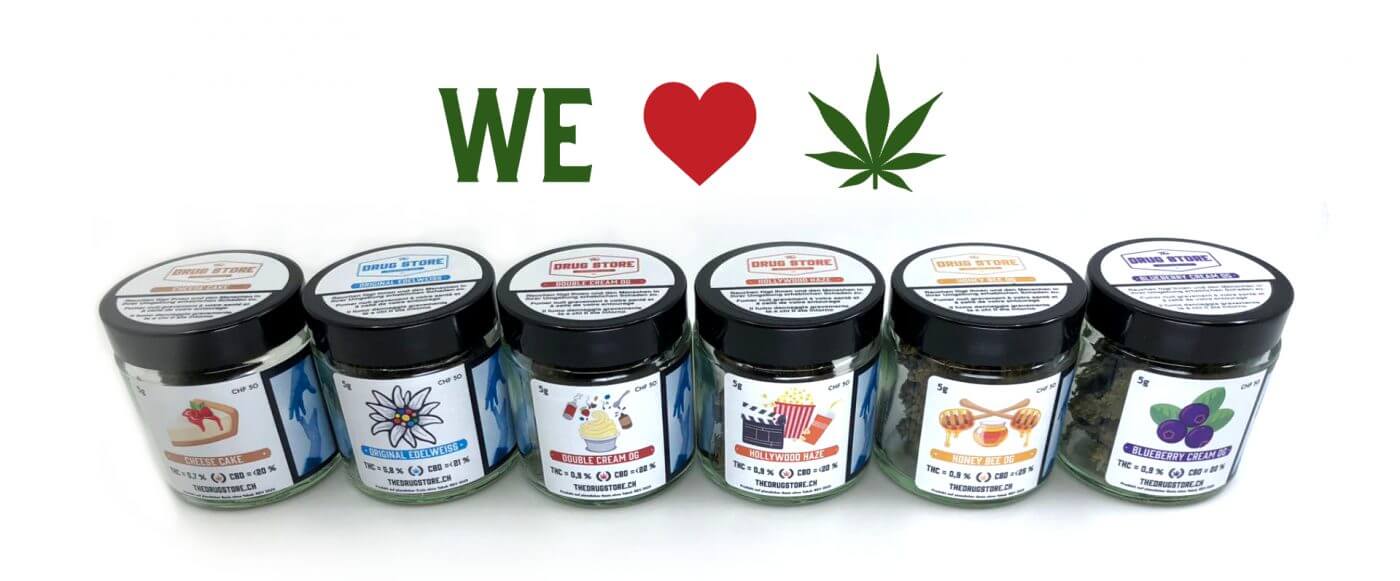Cannabis, CBD, CBD Cannabis, CBD Oil, Terpenes
The Effects of Terpenes in Cannabis
THE EFFECTS OF TERPENES IN CANNABIS
The cannabis plant consists of a wide variety of chemicals and compounds. About 140 of these belong to a large class of aromatic organic hydrocarbons known as terpenes. Terpenes are a large class of molecules that are produced by many species of plants. They are the main ingredient in essential oils and are the fragrant compounds responsible for plants’ distinctive aromas. In other words, terpenes are what make cannabis smell like cannabis, pineapple and orange at the same time, or almost any other smell you can imagine.
More than 540 chemicals, including 18 different chemical classes, more than 100 different cannabinoids (including THC and CBD), and more than 200 terpenes have been identified in marijuana plants (cannabis). In addition, a group of compounds called flavonoids, about 20 of them, have also been identified in cannabis. This make terpenes the largest group of known phytochemicals in marijuana. The distinct scent of each cannabis cultivar is a result of the unique balance of terpenes produced by that particular plant’s breeding.
Cannabinoids (also known as phytocannabinoids), produced by the cannabis plant, interact with our body’s cannabinoid receptors to produce numerous psychotropic and therapeutic effects. Terpenes are compounds responsible for the aroma and flavours of cannabis, and support cannabinoids in producing desired effects. Flavonoids are similar to terpenes in that they contribute to a plant’s aroma and flavour profile but may offer their own unique therapeutic effects.
Cannabinoids, terpenes, and flavonoids are produced within the plant’s trichome cells through biosynthesis. CBGA is the first cannabinoid formed from a biosynthetic reaction. It is also the precursor to all other natural phytocannabinoids. Cannabis contains hundreds of molecules that can directly interact with our bodies and minds. Phytocannabinoid molecules are relatively unique to the cannabis plant, but other plant-derived molecules such as flavonoids and terpenes also bind to our cells and receptors, influencing our experiences. Dr. Ethan Russo from GW Pharmaceuticals, Salisbury, UK did a study on the theory that non-cannabinoid plant components such as terpenes and flavonoids have a big effect on the therapeutic uses of cannabis.
Flavonoids are one of the largest nutrient families known to scientists and include over 6 000 already-identified family members. About 20 of these compounds, including cannflavin B, so far unique to cannabis. Flavonoids are known for their antioxidant and anti-inflammatory health benefits, as well as their contribution of vibrant colour to many of the foods we eat (the blue in blueberries or the red in raspberries).
Terpenes act on receptors and neurotransmitters; they are prone to combine with or dissolve in lipids or fats. They act as serotonin uptake inhibitors, they enhance norepinephrine activity, they increase dopamine activity, and they augment GABA (the “downer” neurotransmitter that counters glutamate, the “upper).
For now, as research into terpenes continues to advance, there are already a handful of uses for terpenes. Most commonly, terpenes are found in essential oils, which themselves often utilised in aromatherapy and other forms of holistic healing. Similarly, terpenes have also found their way into the fragrance industry, being used in perfumes, colognes, and other scented products.
Terpenes dissipate into the air very easily. Only touching a plant can give you a whole variety of aromas. They are also the first molecules to vaporize when heat is applied to a flower. For example, with full-spectrum cannabis extracts, producers strive to preserve the full cannabinoid and terpene contents of the raw cannabis plant without altering them.
Using something like The Terpometer from thedrugstore.com allows you to target-specific terpenes and get the full therapeutic effect. The flavour of these compounds is maximized by whole-flower vaporization, which gives the brain a chance to interpret the flavour without overwhelming it with the taste of smoke.
Here are some of the most well-known cannabis terpenes right now:
- Myrcene is the most abundant terpene in cannabis, which is where it’s mostly found in nature. In fact, one study showed that myrcene makes up as much as 65% of total terpene profile in some strains.
- Limonene is the second most abundant terpene in all cannabis strains, but not all strains necessarily have it.
- Linalool is most responsible for the recognizable marijuana smell with its spicy and floral notes.
- Caryophyllene is best known for its spicy and peppery note, caryophyllene is also found in black pepper, cinnamon, cloves, and spices like oregano, basil, and rosemary.
- Alpha-pinene and Beta-pinene terpenes smell like pine trees and that’s also where they can be found in large amounts.
Traditionally the best way to get the full terpene spectrum from our favourite strains was with a glass pipe like the Grav Mini Spoon Pipe or percolator and coil bongs. Glassware has evolved into a whole art form of its own. With the new technology we have today we have a lot more options. Concentrate and flower vaporisers and a whole range of unique and interesting methods of medicating. Advancements in technology allow us to target specific terpene profiles with the exact temperature most optimal for the best taste and therapeutic effects.


